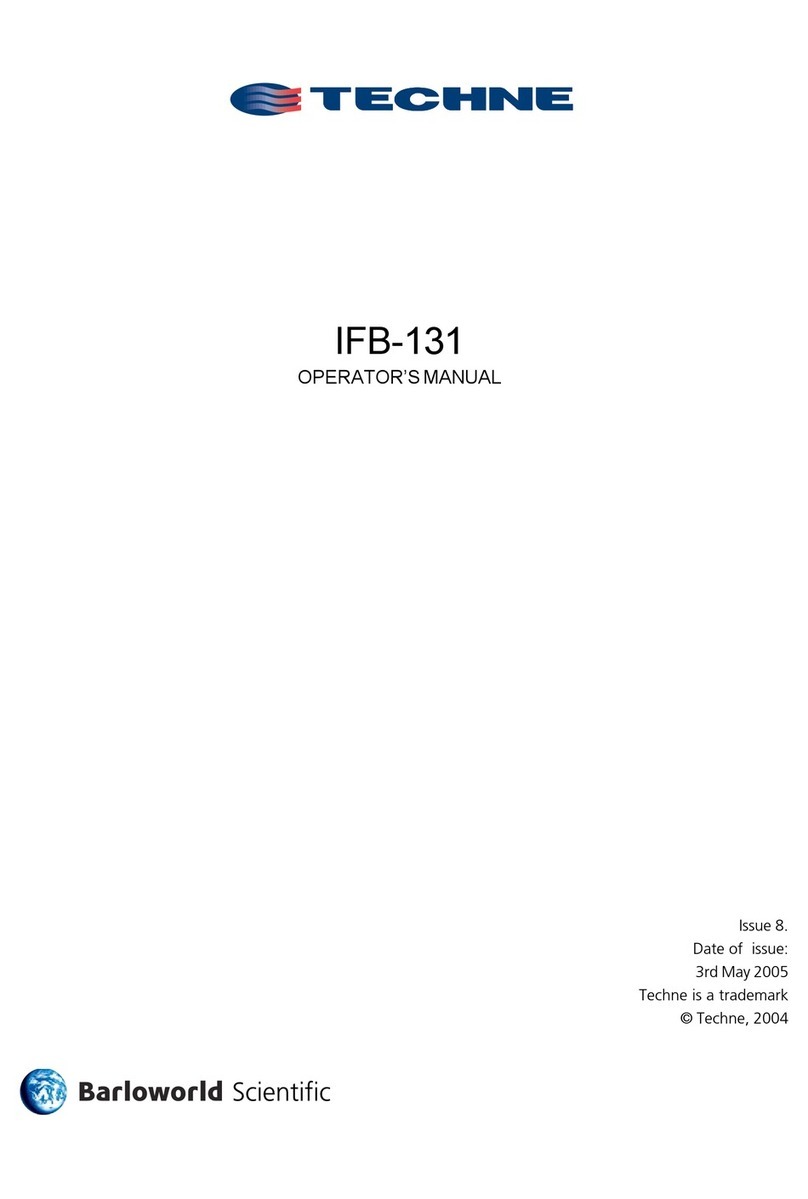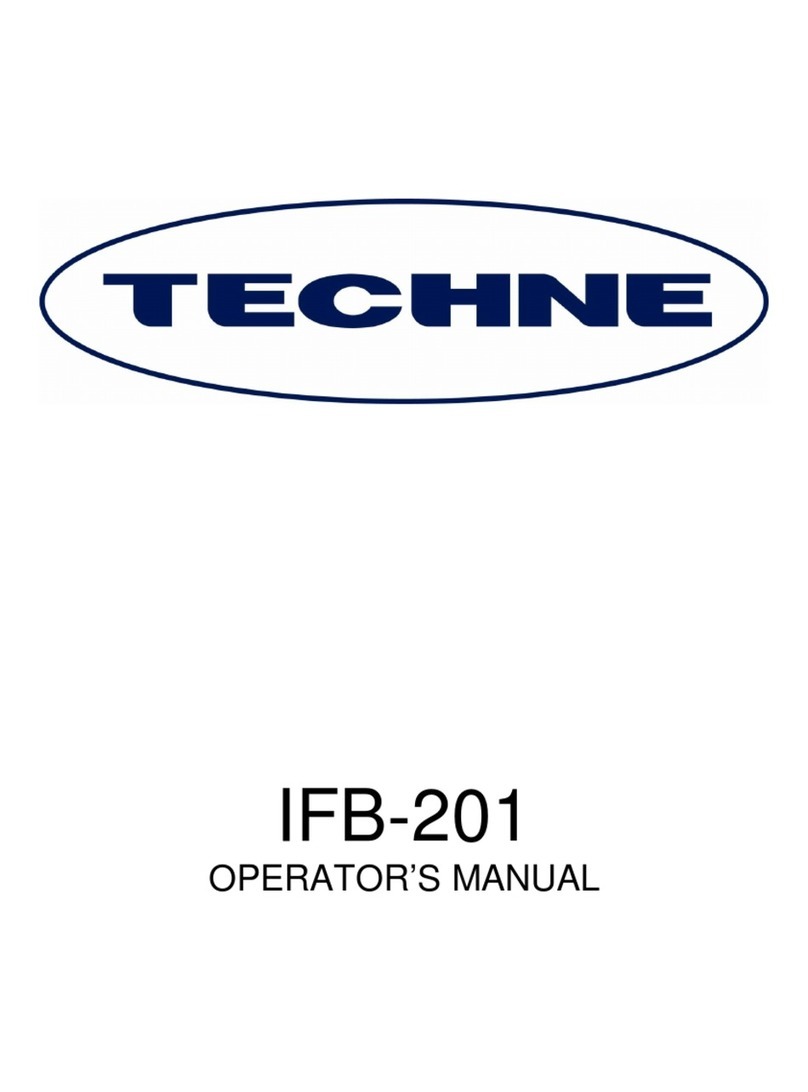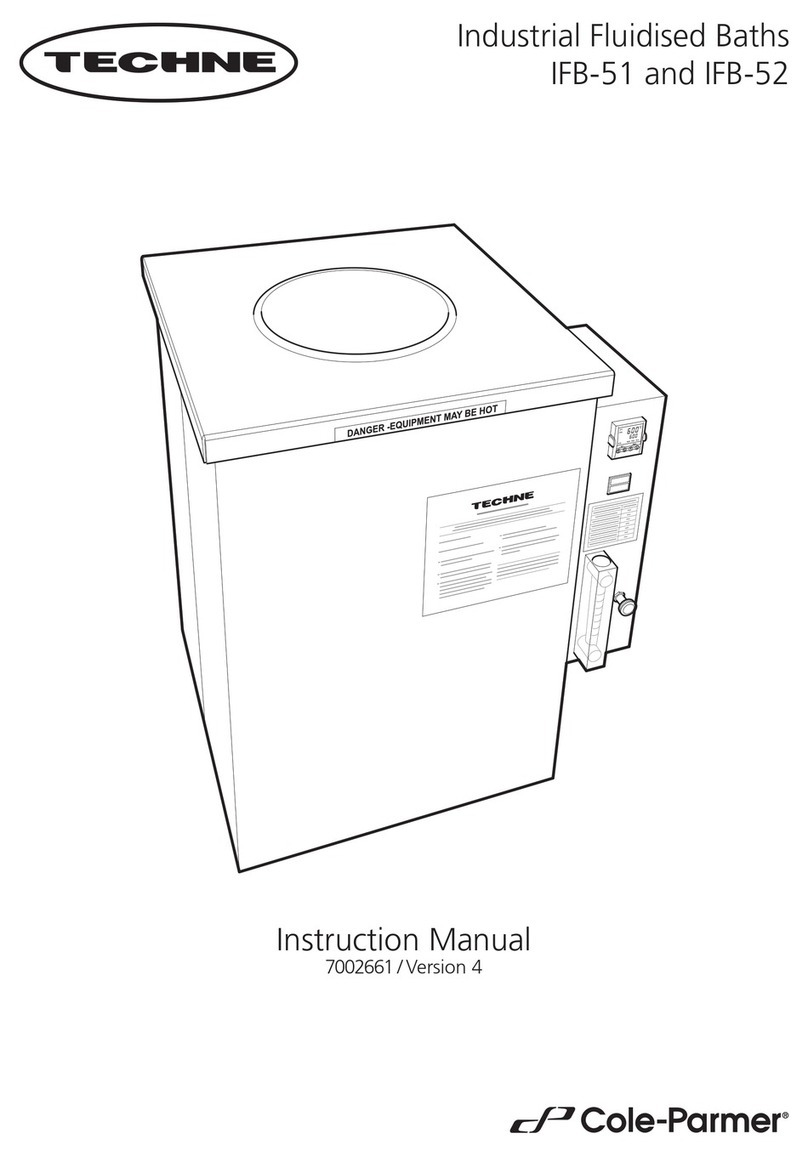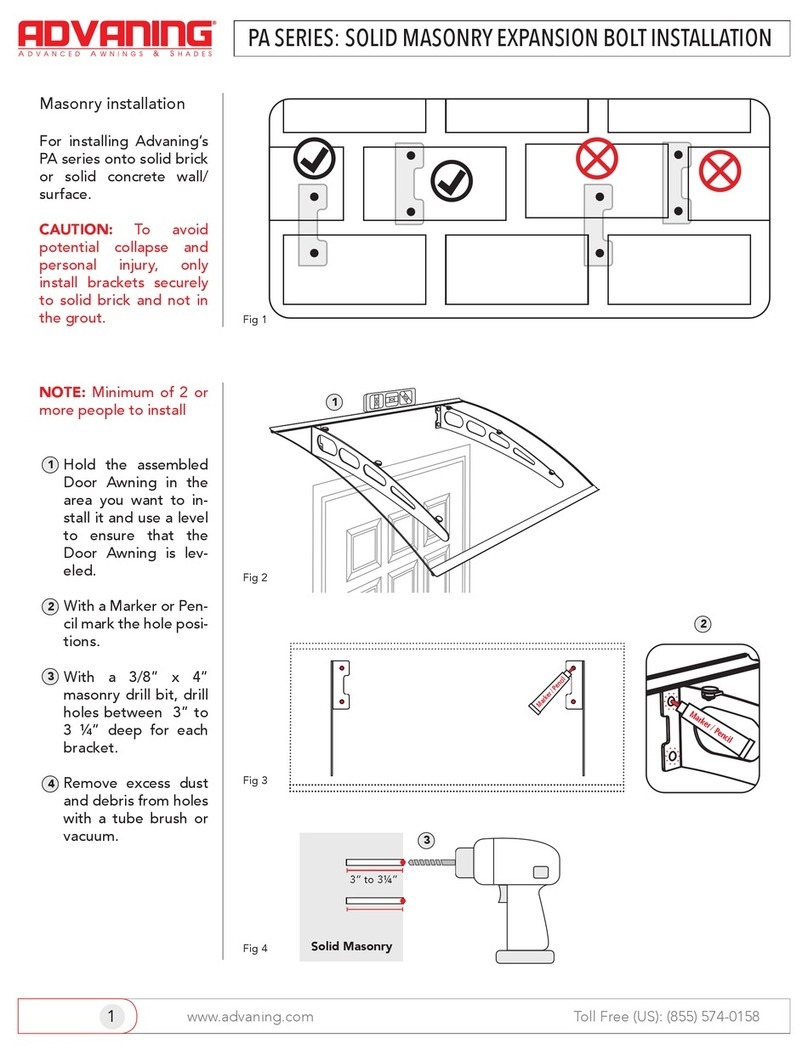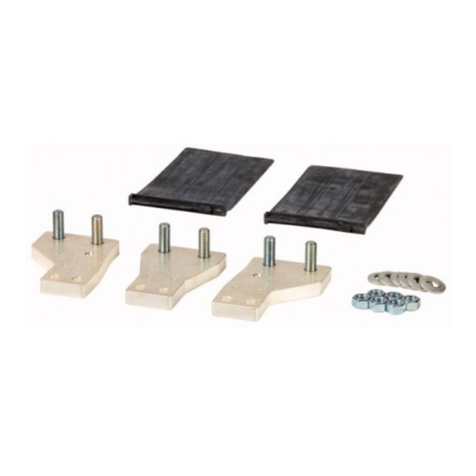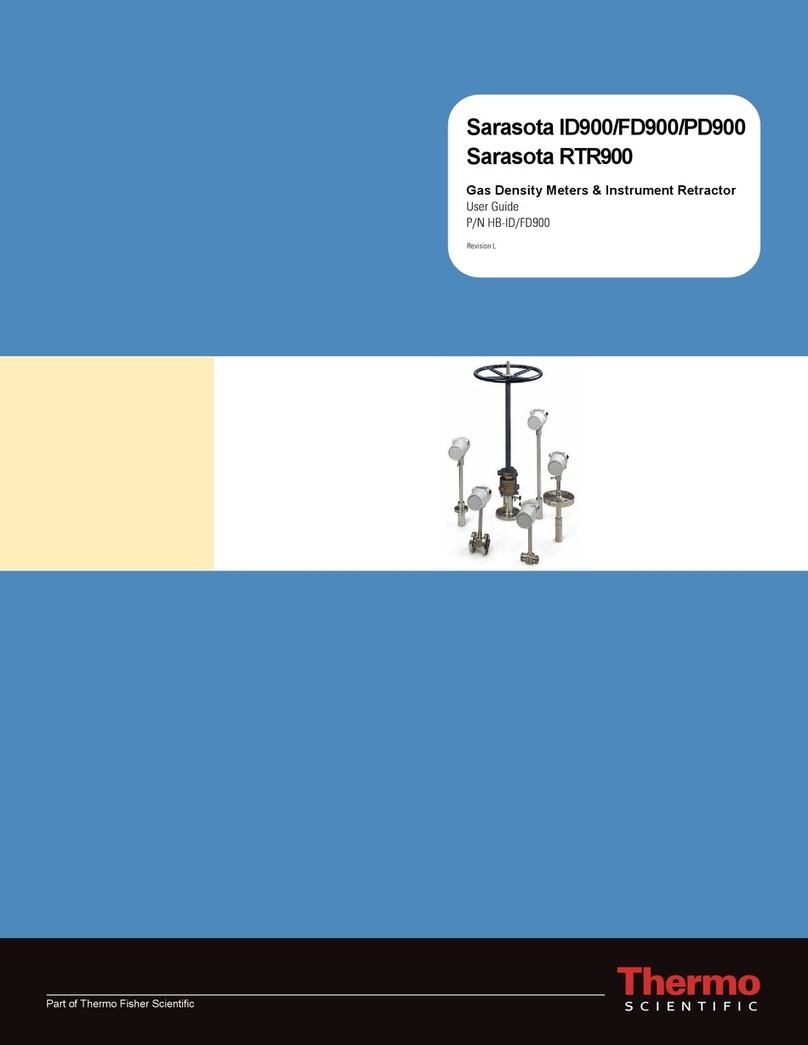Techne IFB-101 User manual

IFB-101
OPERATOR’S MANUAL
Issue 11
Date of issue:
3rd May 2005
Techne logo is a trademark
© Techne, 2002


I F B - 1 0 1 O P E R A T O R ’ S M A N U A L
PAGE 1
CONTENTS
IFB-101 Operator’s Manual
page
SAFETY AND INSTALLATION
English 4
Français 5
Deutsch 6
Español 7
OPERATOR SAFETY 8
Warning Note 8
General Description 9
Technical Specification 11
INSTALLATION 12
Fume ignition 14
Fume Cleaning 15
OPERATION 16
Operating Procedures for Plastic Residue 18
MAINTENANCE 19
Maintenance Procedures for PVC etc 19
FAULTFINDING 21
Spare Parts 23
Accessories 24
Eurotherm Temperature Controllers Appendix
Diagrams Appendix

I F B - 1 0 1 O P E R A T O R ’ S M A N U A L
PAGE 2

I F B - 1 0 1 O P E R A T O R ’ S M A N U A L
PAGE 3
NOTES

I F B - 1 0 1 O P E R A T O R ’ S M A N U A L
PAGE 4
Introduction
Please read all the information in this booklet before using
the unit.
Warning
HIGHTEMPERATURESAREDANGEROUS:they
can cause serious burns to operators and ignite
combustible material.
Techne have taken great care in the design of
these units to protect operators from hazards, but users
should pay attention to the following points:
• USE CARE AND WEAR PROTECTIVE GLOVES TO
PROTECTHANDS;
• DO NOT put hot objects on or near combustible
objects;
• DO NOT operate the unit close to inflammable liquids or
gases;
• DO NOT place any liquid directly in your unit;
• At all times USE COMMON SENSE.
Operator Safety
All users of Techne equipment must have available the
relevant literature needed to ensure their safety.
It is important that only suitably trained personnel operate
this equipment, in accordance with the instructions
contained in this manual and with general safety standards
and procedures. If the equipment is used in a manner not
specified by Techne the protection provided by the
equipment to the user may be impaired.
All Techne units have been designed to conform to
international safety requirements and are fitted with an
overtemperature cut-out. On some models, the cut-out is
adjustable and should be set to suit the application. On all
other models the cut-out is preset to protect the unit.
If a safety problem should be encountered, switch off at
the mains socket and remove the plug from the supply.
Installation
1. All Techne units are supplied with a power cable. This
may be integral or plug-in.
2. Before connecting the mains supply, check the voltage
against the rating plate. Connect the mains cable to a
suitable plug according to the table below. Note that
the unit must be earthed to ensure proper
electrical safety.
Connections 220/240V 110/120V
Live Brown Black
Neutral Blue White
Earth Green/yellow Green
The fused plug supplied with the mains lead for use in
the UK is fitted with the following value fuse to protect
the cable:
230V UK 10 AMP
The fuse in the unit protects the unit and the operator.
Note that units marked 230V on the rating plate work at
220V; units marked 120V work at 110V. In both
cases, however, the heating rate will degrade by
approximately 8%. The rating plate is on the rear of
the unit.
3. Plug the mains cable into the socket on the rear of the
unit.
4. Place the unit on a suitable bench or flat workspace, or
in a fume cupboard if required, ensuring that the air
inlet vents on the underside are free from obstruction.
5. Symbols on or near the power switch of the unit have
the following meanings:
I : mains switch On
O : mains switch Off
After use
When you have finished heating samples, remember that
parts of the unit – the tubes, blocks and associated
accessories – may be very hot. Take the precautions listed
earlier.
Guarantee
The unit is guaranteed against any defect in material or
workmanship for the period specified on the enclosed
guarantee card. This period is from the date of purchase,
and within this period all defective parts will be replaced
free of charge provided that the defect is not the result of
misuse, accident or negligence. Servicing under this
guarantee should be obtained from the supplier.
Notwithstanding the description and specification(s) of the
units contained in the Operator’s Manual, Techne hereby
reserves the right to make such changes as it sees fit to
the units or to any component of the units.
This Manual has been prepared solely for the convenience
of Techne customers and nothing in this Instruction Book
shall be taken as a warranty, condition or representation
concerning the description, merchantability, fitness for
purpose or otherwise of the units or components.
User maintenance
NOTETHAT THIS EQUIMENT SHOULD ONLY BE
DISMANTALEDBYPROPERLYTRAINEDPERSONNEL.
REMOVINGTHESIDE,FRONTORREARPANELSEXPOSES
POTENTIALLY LETHAL MAINS VOLTAGES.
THEREARE NO USER MAINTAINABLE PARTS WITHIN THE
EQUIPMENT.
In the unlikely event that you experience any problems with
your unit which cannot easily be remedied, you should
contact your supplier and return the unit if necessary.
Please include any details of the fault observed and
remember to return the unit in its original packing. Techne
accept no responsibilty for damage to units which are not
properly packed for shipping: if in doubt, contact your
supplier. See the De-contamination Certificate supplied
with your unit.
1. Cleaning
Before cleaning your unit ALWAYS disconnect from
the power supply and allow to cool below 50° C.
Your unit can be cleaned by wiping with a damp soapy
cloth. Care should be exercised to prevent water from
running inside the unit. Do not use abrasive cleaners.
2. Fuses
Your unit is protected by one or two fuses. These
should only be changed by suitably qualified
personnel.
If the fuses blow persistently, a serious fault is
indicated and you may need to return the unit to your
supplier for repair.
Contact Information
For technical, sales or servicing information, contact your
local Techne dealer or,
Barloworld Scientific Ltd
Beacon Road, Stone
Staffordshire
ST15 0SA, United Kingdom
Telephone: +44(0)1785 812121
Fax: +44(0)1785 813748
e-mail: [email protected]
or,
Techne Inc, 3 Terri Lane,
Suite 10, Burlington,
New Jersey 08016, USA.
Telephone: 609-589-2560
Toll free: 800-225-9243 ext 306
Fax: 609-589-2571
e-mail: [email protected]
Web site: www.techneusa.com

I F B - 1 0 1 O P E R A T O R ’ S M A N U A L
PAGE 5
Introduction
Veuillez lire attentivement toutes les instructions de ce
document avant d’utiliser l’appareil.
Avertissement
DANGERDETEMPERATURESELEVEES:les
opérateurs peuvent subir de graves brûlures et
les matériaux combustibles risquent de prendre
feu.
Techne a apporté un soin tout particulier à la
conception de ces appareils de façon à assurer une
protection maximale des opérateurs, mais il est
recommandé aux utilisateurs de porter une attention
spéciale aux points suivants:
• PROCEDERAVECSOINETPORTERDESGANTS POUR
SEPROTEGERLESMAINS.
• NE PAS poser d’objets chauds sur ou près de
matériaux combustibles.
• NE PAS utiliser l’appareil à proximité de liquides ou de
gaz inflammables.
• NE PAS verser de liquide directement dans l’appareil.
• FAIRETOUJOURSPREUVE DE BON SENS.
Sécurité de l’opérateur
Tous les utilisateurs de produits Techne doivent avoir pris
connaissance des manuels et instructions nécessaires à la
garantie de leur sécurité.
Important : cet appareil doit impérativement être manipulé
par un personnel qualifié et utilisé selon les instructions
données dans ce document, en accord avec les normes et
procédures de sécurité générales. Dans le cas où cet
appareil ne serait pas utilisé selon les consignes précisées
par Techne, la protection pour l’utilisateur ne serait alors
plus garantie.
Tous les appareils Techne sont conçus pour répondre aux
normes de sécurité internationales et sont dotés d’un
coupe-circuit en cas d’excès de température. Sur certains
modèles, ce coupe-circuit est réglable pour s’adapter à
l’application désirée. Sur d’autres modèles, il est pré-réglée
en usine pour assurer la protection de l’appareil.
Dans le cas d’un problème de sécurité, coupez
l’alimentation électrique au niveau de la prise murale et
enlevez la prise connectée à l’appareil.
Installation
1. Tous les appareils Techne sont livrés avec un câble
d’alimentation qui peut être intégré à l’appareil ou à
raccorder.
2. Avant de brancher l’appareil, vérifiez la tension requise
indiquée sur la plaque d’identification. Raccordez le
câble électrique à la prise appropriée en vous
reportant au tableau ci-dessous. Il est important
que l’appareil soit relié à la terre pour assurer la
protection électrique requise.
Connexions 220/240 V 110/120 V
Phase Marron Noir
Neutre Blue Blanc
Terre Vert/juane Vert
Le fusible à l’intérieur de l’appareil est destiné à
assurer la protection de l’appareil et de l’opérateur.
Remarque : les appareils dont la plaque indique 230 V
peuvent fonctionner sur 220 V, et ceux dont la plaque
indique 120 V peuvent fonctionner sur 110 V. Dans les
deux cas cependant, le capacité de chauffage
diminuera d’environ 8 %. La plaque d’identification se
trouve à l’arrière de l’appareil.
3. Raccordez le câble d’alimentation à la prise située à
l’arrière de l’appareil.
4. Placez l’appareil sur un plan de travail ou surface
plane, ou le cas échéant, dans une hotte d’aspiration,
en s’assurant que les trous d’aération situés sous
l’appareil ne sont pas obstrués.
5. Les symboles situés sur ou à côté de l’interrupteur de
l’appareil ont la signification suivante :
I: arrêt
O: marche
Après utilisation
Lorsque vous avez fini de chauffer les échantillons,
n’oubliez pas que certaines parties de l’appareil - les
éprouvettes, leurs supports et autres accessoires -
risquent d’être très chaudes. Il est donc recommandé de
toujours prendre les précautions citées plus haut.
Garantie
L’appareil est garanti contre tout défaut ou vice de
fabrication pour la durée figurant sur la carte de garantie, à
compter de la date d’achat de l’appareil. Au cours de cette
période, toutes les pièces défectueuses seront remplacées
gratuitement, dans la mesure où la défaillance n’est pas due
à une mauvaise utilisation, un accident ou une négligence.
Toute réparation sous garantie sera effectuée par le
fournisseur.
Malgré la description et les spécifications de l’appareil
données dans le manuel de l’utilisateur, Techne se réserve
le droit d’effectuer les changements nécessaires à
l’appareil ou à tout élément qui entre dans sa composition.
Ce manuel a été exclusivement rédigé à l’attention des
clients de Techne, et aucun élément de ce guide
d’instructions ne peut être utilisé comme garantie, condition
ou représentation concernant la description,
commercialisation, adaptation aux conditions d’utilisation ou
autre des appareils ou de leurs composants.
Entretien utilisateur
IMPORTANT:CETAPPAREILNEPEUTETRE DEMONTE QUE
PARDUPERSONNEL QUALIFIE.
LORSQUE LES PANNEAUX AVANT, ARRIERE ET
LATERAUXSONTDEMONTES, L’OPERATEUR EST EXPOSE
ADESTENSIONSQUI PEUVENT ETRE MORTELLES.
CETAPPAREIL NE CONTIENT AUCUNELEMENTQUI
DEMANDEUNENTRETIEN DE LA PART DE L’UTILISATEUR.
Dans le cas peu probable où votre appareil présente un
défaut de fonctionnement auquel il est difficile de remédier,
il est alors préférable de contacter votre fournisseur et, le
cas échéant, de renvoyer le matériel. Veuillez inclure une
description détaillée du problème constaté et retourner
l’appareil dans son emballage d’origine. Techne ne sera pas
tenu responsable des dommages subis par tout appareil
dont l’emballage est inadéquat pour le transport. Pour plus
de sûreté, contactez votre fournisseur. Voir le certificat de
décontamination livré avec le produit.
1. Nettoyage
Avant de nettoyer l’appareil, assurez-vous TOUJOURS
que le câble d’alimentation est déconnecté et laissez la
température redescendre en dessous de 50 °C.
Utilisez un chiffon imprégné d’eau savonneuse pour
nettoyer l’appareil. Veillez à ne pas introduire d’eau
dans l’appareil. N’utilisez pas de produits abrasifs.
2. Fusibles
La protection de l’appareil est assurée par un ou deux
fusibles dont le remplacement ne peut être effectué
que par un personnel qualifié.
Si les fusibles sautent sans arrêt, il s’agit d’un problème
sérieux. Nous vous conseillons dans ce cas de
prendre contact avec votre fournisseur pour
réparation.

I F B - 1 0 1 O P E R A T O R ’ S M A N U A L
PAGE 6
Nach dem Gebrauch
Vergessen Sie nicht, daß Teile des Gerätes (die Gefäße,
die Blöcke und andere Zubehörteile) nach dem Erhitzen von
Proben noch sehr heiß sein können. Bitte beachten Sie die
oben genannten Vorsichtsmaßnahmen.
Garantie
Die Garantiedauer des Gerätes ist auf der beiliegenden
Garantiekarte angegeben und schließt Fehler im Material
oder der Verarbeitung ein. Die Garantiedauer beginnt am
Tag des Einkaufs. Sämtliche defekte Teile werden innerhalb
dieses Zeitraumes kostenlos ersetzt unter der
Voraussetzung, daß dem Defekt keine unsachgemäße
Handhabung, Fahrlässigkeit oder ein Unfall zugrundeliegt.
Der unter diese Garantie fallende Service wird vom
Lieferanten geleistet.
Ungeachtet der in dieser Gebrauchsanweisung
enthaltenen Beschreibungen und Spezifikationen, behält
sich Techne hiermit das Recht vor, Änderungen an den
Geräten bzw. an einzelnen Geräteteilen durchzuführen.
Diese Gebrauchsanleitung wurde ausschließlich dazu
erstellt, um Kunden die Handhabung der Techne-Geräte zu
erleichtern. Nichts in dieser Gebrauchsanleitung darf als
Garantie, Bedingung oder Voraussetzung verstanden
werden, sei es die Beschreibung, Marktgängigkeit,
Zweckdienlichkeit oder sonstiges bezüglich der Geräte
oder deren Bestandteile.
Wartung durch den Bediener
BEACHTEN SIE, DASS DIESES GERÄT NUR VON
TECHNISCHENFACHKRÄFTENGEÖFFNETUND
DEMONTIERTWERDENDARF.
DURCHENTFERNEN DESGEHÄUSES ODER
GEHÄUSETEILENSIND BAUTEILEMIT
LEBENGEFÄHRLICHENSPANNUNGEN FREIZUGÄNGLICH.
IMINNERN DESGERÄTESBEFINDEN SICHKEINETEILE, DIE
VOMANWENDERGEWARTET WERDEN MÜSSEN.
Falls Ihr Gerät nicht ordnungsgemäß arbeitet, wenden Sie
sich an Ihren Lieferanten oder senden Sie das Gerät wenn
nötig zurück. Fügen Sie eine genaue Beschreibung des
Defektes bei. Verpacken Sie das Gerät möglichst im
Originalkarton. Bitte beachten Sie, daß Techne keine
Haftung bei Transportschäden aufgrund unzureichender
Verpackung übernnehmen. Setzen Sie sich im Zweifelsfall
mit Ihrem Lieferanten in Verbindung. Bitte beachten Sie die
Entgiftungsbescheinigung, die Sie mit dem Gerät erhalten
haben.
1. Reinigen
Bevor Sie Ihr Gerät reinigen, sollten Sie
• zuerst den Netzstecker ziehen
• das Gerät unter 50°C abkühlen lassen.
Ein feuchtes Tuch mit Seifenlösung reinigt Ihr Gerät am
besten. Achten Sie darauf, daß kein Wasser in das
Gerät gelangt. Verwenden Sie keine Scheuermittel.
2. Sicherungen
Die Stromzuleitung ist durch ein oder zwei
Sicherungen geschützt. Diese sollten nur durch
qualifiziertes Fachpersonal ausgetauscht werden.
Wenn die Sicherung wiederholt durchbrennt, liegt ein
größerer Defekt vor. Das Gerät muß zur Reparatur an
Ihren Lieferanten eingesandt werden.
Einleitung
Bitte lesen Sie diese Bedienungsanleitung komplett bevor
Sie dieses Gerät benutzen.
Warnung
HOHETEMPERATUREN SIND GEFÄHRLICH:sie
können dem Bediener ernsthafte Verletzungen
zufügen und brennbare Materialien können sich
leicht entzünden.
Techne hat bei der Konstruktion dieses Gerätes
sehr darauf geachtet, daß der Bediener vor Gefahren
geschützt ist. Dennoch sollten Sie auf die folgenden Punkte
achten:
· SEIENSIEVORSICHTIG UND TRAGEN SIE
SCHUTZHANDSCHUHE
· Legen Sie heiße Gegenstände NICHT auf oder in die
Nähe von leicht brennbaren Materialien; vermeiden Sie
Arbeiten in der Nähe von leicht entzündbaren
Flüssigkeiten oder Gasen.
· Bringen sie KEINE Flüssigkeiten direkt in Ihr Gerät.
· Benutzen Sie immer den normalen Menschenverstand
Sicherheit des Anwenders
Alle Benutzer von Techne Geräten müssen Zugang zu der
entsprechenden Literatur haben, um ihre Sicherheit zu
gewähren.
Es ist wichtig, daß diese Geräte nur von entsprechend
geschultem Personal betrieben werden, das die in dieser
Gebrauchsanweisung enthaltenen Maßnahmen und
allgemeine Sicherheitsbestimmungen und -vorkehrungen
beachtet. Wenn das Gerät anders eingesetzt wird als vom
Hersteller empfohlen, kann dies die persönliche Sicherheit
des Anwenders beeinträchtigen. Die Geräte von Techne
entsprechen den internationalen Sicherheitsbestimmungen
und sind mit einem automatischen
Übertemperaturabschalter ausgestattet. Bei einigen
Modellen ist der Übertemperaturabschalter verstellbar und
sollte je nach Anwendung entsprechend eingestellt
werden. Bei allen anderen Modellen ist der
Temperaturschutz voreingestellt um Schäden am Gerät zu
vermeiden. Wenn ein Sicherheitsproblem auftreten sollte,
muß das Gerät ausgeschaltet und vom Stromnetz getrennt
werden.
Installation
1. Alle Techne Geräte werden mit einem
Stromanschlußkabel geliefert. Dieses ist entweder fest
mit dem Gerät verbunden oder zum Einstecken.
2. Vergleichen Sie, ob die Spannung Ihrer
Stromversorgung mit den Angaben auf dem
Typenschild des Geräte übereinstimmen. Verbinden
Sie das Stromanschlußkabel mit einer geeigneten
Stromversorgung gemäß der nächstehenden Tabelle.
Achtung: Das Gerät muß geerdet sein, um die
elektrische Sicherheit zu gewährleisten!
Verbindungen 220/240V 110/
120V
Stromführend Braun Schwarz
Neutral Blau Weiß
Erde Grün/Gelb Grün
Geräte, die für 230 Volt ausgelegt sind, können auch
bei 220 Volt arbeiten, Geräte für 120 Volt auch bei 110
Volt. In beiden Fällen verringert sich die Aufheizrate um
ca. 8%. Das Typenschild befindet sich hinten am
Gerät.
3. Stecken Sie das Stromkabel in die vorgesehene
Buchse hinten am Gerät.
4. Stellen Sie das Gerät auf eine ebene Arbeitsfläche
bzw. (falls erforderlich) unter einen Laborabzug.
Beachten Sie, daß die Entlüftungsrippen an der
Geräteunterseite immer frei zugänglich sind.
5. Die Symbole auf oder neben dem EIN/AUS-Schalter an
der Geräterückseite bedeuten:
I:An
O : Aus

I F B - 1 0 1 O P E R A T O R ’ S M A N U A L
PAGE 7
5. Los símbolos que se encuentran en o cerca del
interruptor de alimentación tienen los siguientes
significados:
I : Interruptor principal encendido
O : Interruptor principal apagado
Introducción
Le rogamos lea cuidadosamente la información contenida
en este folleto antes de manipular el aparato.
Aviso
LAS TEMPERATURAS ELEVADAS SON
PELIGROSAS: pueden causarle graves
quemaduras y provocar fuego en materiales
combustibles.
Techne ha puesto gran cuidado en el diseño de
estos aparatos para proteger al usuario de cualquier
peligro; aún así se deberá prestar atención a los siguientes
puntos:
• EXTREMELASPRECAUCIONES Y UTILICE GUANTES
PARA PROTEGERSE LAS MANOS;
• NO coloque objetos calientes encima o cerca de
objetos combustibles;
• NO maneje el aparato cerca de líquidos inflamables o
gases;
• NO introduzca ningún líquido directamente en el
aparato;
• UTILICE EL SENTIDO COMUN en todo momento.
Seguridad del usuario
Todos los usuarios de equipos Techne deben disponer de
la información necesaria para asegurar su seguridad.
De acuerdo con las instrucciones contenidas en este
manual y con las normas y procedimientos generales de
seguridad, es muy importante que sólo personal
debidamente capacitado opere estos aparatos. De no ser
así, la protección que el equipo le proporciona al usuario
puede verse reducida.
Todos los equipos Techne han sido diseñados para cumplir
con los requisitos internacionales de seguridad y traen
incorporados un sistema de desconexión en caso de
sobretemperatura. En algunos modelos el sistema de
desconexión es variable, lo que le permite elegir la
temperatura según sus necesidades. En otros, el sistema
de desconexión viene ya ajustado para evitar daños en el
equipo.
En caso de que surgiera un problema de seguridad,
desconecte el equipo de la red.
Instalación
1. Todos los aparatos Techne se suministran con un
cable de alimentación. Puede ser fijo o independiente
del aparato.
2. Antes de conectarlo, compruebe que el voltaje
corresponde al de la placa indicadora. Conecte el
cable de alimentación a un enchufe adecuado según
la tabla expuesta a continuación. El equipo debe estar
conectado a tierra para garantizar la seguridad
eléctrica.
Conexiones 220/240V 110/120V
Linea Marrón Negro
Neutro Azul Blanco
Tierra Verde/amarillo Verde
El enchufe suministrado con el cable de alimentación
viene equipado con un fusible del siguiente valor para
proteger el cable:
230V Reino Unido 10AMP
El fusible una vez instalado protege tanto al equipo
como al usuario.
Asegúrese de que los equipos marcados 230V en la
placa indicadora funcionan a 220V y de que los
equipos marcados 120V funcionan a 110V. No
obstante, en ambos casos la velocidad de
calentamiento se verá reducida en un 8%
aproximadamente. La placa indicadora está situada en
la parte posterior del equipo.
3. Conecte el cable a la toma de tensión en la parte
posterior del equipo.
4. Sitúe el aparato en un lugar apropiado tal como una
superficie de trabajo plana, o si fuera necesario
incluso en una campana con extractor de humos,
asegurándose de que las entradas de aire en la parte
inferior no queden obstruidas.
Después de su uso
Cuando haya finalizado el calentamiento de muestras,
recuerde que las piezas del equipo, tales como tubos,
bloques y demás accesorios, pueden estar muy calientes.
Tome las precauciones mencionadas anteriormente.
Garantía
Este aparato está garantizado contra cualquier defecto
material o de fabricación durante el periodo especificado en
la tarjeta de garantía adjunta. Este plazo inicia a partir de la
fecha de compra, y dentro de este periodo todas las piezas
defectuosas serán reemplazadas gratuitamente siempre
que el defecto no sea resultado de un uso incorrecto,
accidente o negligencia. Mientras se encuentre bajo
garantía las revisiones las debe llevar a cabo el proveedor.
A pesar de la descripción y las especificaciones de los
aparatos contenidas en el Manual del Usuario, Techne se
reserva por medio de este documento el derecho a
efectuar los cambios que estime oportunos tanto en los
aparatos como en cualquier componente de los mismos.
Este manual ha sido preparado exclusivamente para los
clientes de Techne y nada de lo especificado en este
folleto de instrucciones se tomará como una garantía,
condición o aseveración de la descripción, comerciabilidad
o adecuación para cualquier fin específico de los aparatos
o sus componentes.
Mantenimiento
ESTE APARATO DEBE SER DESMONTADO SOLO Y
EXCLUSIVAMENTEPOR PERSONALDEBIDAMENTE
CAPACITADO.
EL RETIRAR LOS PANELES LATERALES, FRONTALES O
TRASEROSSUPONEDEJAR AL DESCUBIERTO TENSION DE
LA RED PELIGROSA.
EL EQUIPO NO CONSTA DE NINGUNA PIEZA DE CUYO
MANTENIMIENTOSEPUEDAENCARGAR EL USUARIO.
En el caso improbable de que experimentara algún
problema con su aparato que no pudiera resolver con
facilidad, debería ponerse en contacto con su proveedor y
devolverlo si fuera necesario. Indique de forma detallada
todos los defectos que haya notado y devuelva el equipo
en su embalaje original. Techne no aceptará
responsabilidad alguna por daños causados en equipos
que no estuvieran debidamente embalados para su envío;
si tuviera alguna duda, póngase en contacto con su
proveedor. Sírvase consultar el Certificado de
Descontaminación suministrado con su aparato.
1. Limpieza
Antes de limpiar su aparato, desconéctelo SIEMPRE de
la fuente de alimentación y permita que se enfríe por
debajo de los 50°C.
Este aparato se puede limpiar pasándole un paño
húmedo enjabonado. Hágalo con cuidado parae evitar
que caiga agua dentro del mismo. No utilice limpiadores
abrasivos.
2. Fusibles
Su aparato está protegido por uno o dos fusibles. Sólo
deben cambiarlos personal debidamente capacitado.
Si los fusibles se fundieran repetidamente, esto
indicaría una avería grave y puede que tuviera que
devolverle el aparato a su proveedor para su
reparación.

I F B - 1 0 1 O P E R A T O R ’ S M A N U A L
PAGE 8
WARNING
Poor fluidisation causes hot spots, heater failure, and damage to other parts.
Follow instruction book carefully. For correct fluidisation, pay attention to;
INSTALLATION
Ensure bath is level and air supply is adequate.
OPERATION
Adjust air valve for even fluidisation.
Do not insert objects larger than recommended.
Ensure objects do not lie in contact with container wall or porous plate.
MAINTENANCE
Regularly inspect and maintain air filter to eliminate oil vapour in air supply.
ALUMINA
Should the fluidised bath be stirred for a long period of time under damp or humid
conditions, moisture may be absorbed by the alumina which is hydroscopic. To avoid violent
fluidisation which occurs when damp alumina is heated above 100°C, operate the bath for a
period of approximately 8 hours at 90°C prior to operation at elevated temperatures.
NEVER ADD COLD OR DAMP ALUMINA TO A HOT BATH AS THIS WILL ALSO
CAUSE VIOLENT FLUIDISATION WHICH CAN BE DANGEROUS. Allow the bath to cool then
add the fresh alumina. If this fresh alumina is a large portion of the charge then dry the whole
charge as above.
FUME EXTRACTION
When used for processing items which may emit toxic or inflammable fumes, it is
essential that an adequate fume extraction system be installed. The extraction system must
be correctly sized to ensure that any toxic fumes are removed from the working environment.
To eliminate the risk of spontaneous ignition, the concentration of inflammable
fumes above the bath and within the exhaust duct work must be kept below the lower explosive
limit.

I F B - 1 0 1 O P E R A T O R ’ S M A N U A L
PAGE 9
GENERAL DESCRIPTION
The fluidised bath employs the principle of fluidisation of a mass of finely divided
inert particles by means of an upward flow of gas. A state of fluidisation is achieved when the
individual particles become microscopically separated from each other by the moving gas. This
“fluidised bed” of particles has unusual properties which differ markedly from either those of the
gas or of the solid particles. Instead, the fluidised bed behaves remarkably like a liquid,
exhibiting characteristics which generally attribute to a liquid state. For example, the fluidised
bed can be agitated and bubbled; it always seeks a common level; materials of less density will
float while those with densities greater than the equivalent fluidised bed density will sink; and,
most important, the heat transfer characteristics between the fluidised bed and a solid interface
can have an efficiency approaching that of an agitated liquid.
In addition, the fluidised solid phase has a most unusual physical behaviour, in that
its basic characteristics change only slightly over very large temperature ranges; it has no
melting point and no boiling point. The lowest temperature available is the liquefaction point of
the gas used for fluidisation, while the high temperature level is usable temperature of the inert
solid. Various metal oxides with allowable temperatures of over 1700°C are readily available.
The metal oxide beds commonly used, (Eg aluminium oxide) are non-flammable, non-explosive
and non-toxic.
The most commonly used fluidised gas is ordinary compressed air obtained from a
blower or compressor. For situations where a non - oxidising atmosphere is required, nitrogen
can be utilised and if a reducing atmosphere is required, cracked gas can be employed with a
silicon carbide bed.
The unique characteristics of gas fluidised particles is the relatively high rate of heat
transfer which yields highly isothermal conditions, as well as excellent heat transfer to solid
surfaces. This characteristic is due to the turbulent motion and rapid circulation rate of the solid
particles in conjunction with the extremely high solid gas interface area. Therefore, despite the
fact that gas solid interfaces normally yield low heat transfer coefficients and the solids normally
have low thermal conductivities, the overall heat transfer characteristics of fluidised particles
approach those of a liquid.
The combination of excellent heat transfer characteristics and high heat capacity
are ideal for attaining rapid stabilisation at an isothermal condition.
Techne industrial fluidised baths use aluminium oxide as the fluidising medium.
They have been designed to remove plastic residue from extruder and moulding machine tools,
paint build up from paint fixtures, and carry out various heat treatment processes.
The fluidised bed is housed in a circular stainless steel container which has an
effluent gas extract duct and fluidised medium drain chute. The container is surrounded by
electrical heating elements which are enclosed within thermal insulation. The inner assembly is
housed in a square outer case which also supports the electrical and pneumatic control
console.
The following control options are available:
A manual control system which consists of a temperature controller, an independent
over-temperature cut-out device, a fluidising air pressure interlock, and a manually adjusting
fluidising air control valve. Supplied as standard with this, and all other options, is an air
pressure regulator and filter assembly.

I F B - 1 0 1 O P E R A T O R ’ S M A N U A L
PAGE 10
During operation the correct fluidising air flow must be determined by visually
inspecting the surface of the fluidised bath. When the fluidised bath is heated the air within the
bath expands; it is therefore necessary to decrease the amount of air supplied to the bath during
the heat up period to ensure that the bath is correctly fluidised at all times.
A control system with automatic air control is also available. This system is
designed to automatically adjust the fluidising air flow rate as the bath heats up. This allows the
system to be operated without supervision and is useful in applications where it is
advantageous to preheat the bath prior to the start of the working day.
The system is programmed to feed a set amount of fluidising air to the bath between
room temperature and 200°C. When the bath reaches this temperature, the amount of air feed
to the bath is reduced and held at constant value until the temperature of the bath exceeds
400°C, at which point a further adjustment is made.
A non-standard version of this industrial fluidised bath is available for applications
where continued treatment of components contaminated by PVC and other halogenated
polymers is envisaged. This version is manufactured from materials that resist the effects of
corrosion which are experienced when processing the above polymers.
The compressed air supply to the fluidised bath must be clean, dry, and free from
oil.
When used for processing items which may emit toxic or inflammable fumes it is
essential that an adequate fume extraction system be installed.
The extraction system must be correctly sized to ensure that any toxic fumes are
removed from the working environment.
To eliminate the risk of spontaneous ignition the concentration of inflammable fumes
above the bath and within the exhaust duct work must be kept below the Lower Explosive Limit.
A later section of this manual details the various fume treatment equipment that is available, and
how it should be installed and adjusted.

I F B - 1 0 1 O P E R A T O R ’ S M A N U A L
PAGE 11
TECHNICAL SPECIFICATION
Temperature range 50°C to 600°C
Temperature control stability at 450°C +5°C
Temperature uniformity at 450°C 10°C
Internal dimensions diameter 310mm
depth 760mm
working depth 350mm
Loading capacity 1/3 of vol. 9 litre
1/3 of C.S.Area 25758 mm2 (typicallyí179mm).
Typical heat-up time 20°C to 450°C 100 minutes
20°C to 600°C 210 minutes
Compressed air supply pressure 204-1030kPa(30-150psi)
Air consumption maximum 160 l/min
at 450°C 70 l/min
Nominal Heater Power 6KW
Heater type ceramic knuckle heating element
Control system 3 term PID temperature controller
+ thermocouple sensor.
Solid state control.
Protection systems Independent over temperature cut-out.
Fluidising air interlock
Door interlock.
Electrical safety protection Control circuit fuse.
Power fuse.
Fluidised medium 50kg Aluminium Oxide,
Part No F0885
External dimensions height 915mm
width 950mm
depth 640mm
Nett weight (less fluidised medium) 75kg
Gross weight (less fluidised medium) 99kg
Electrical supply See rating plate for details

I F B - 1 0 1 O P E R A T O R ’ S M A N U A L
PAGE 12
INSTALLATION
Mount the fluidised bath in the position where it is to be used. It is important to
ensure that the bath is level, otherwise it will fluidise incorrectly. This will lead to the formation
of large temperature gradients across the bath which results in premature heater failure and
possible damage to the porous plate and inner container assemblies.
Connect any associated fume treatment equipment to the fluidised bath effluent gas
extract duct. See section which follows on Fume Cleaning.
Check that the heater isolation resistance (measured from the load side of the solid
state relay, to earth) is at least 2.5M ohm before connecting the electrical circuit to the electrical
supply. See attached circuit diagram for connection details and the unit rating plate for details
of the electrical supply required.
The compressed air supply to the fluidised bath must be clean, dry, and free from
oil.
If a manual control option is fitted, close the air flow adjusting valve which is situated
on the front of the control console, and connect the air inlet port at the rear of the control
console to a suitable dry, clean air supply. Make sure that the pressure delivered to the fluidised
bath is between 204kPa (30psi) and 1030kPa (150psi), and that the compressed air line is
capable of supplying sufficient air to fluidise the bath (see specification details).
Fill the fluidised bath with a sufficient quantity of aluminium oxide so that, when
fluidised, the distance between the top of the aluminium oxide and the top of the bath is 390mm.
Should the fluidised bath be stored for long periods of time under damp or humid
conditions, moisture maybe absorbed by the alumina which is hydroscopic. To avoid violent
fluidisation which occurs when damp alumina is heated above 100°C, operate the bath for a
period of approximately 8 hours at 90°C prior to operation at elevated temperatures.
NEVER ADD COLD OR DAMP ALUMINA TO A HOT BATH AS THIS WILL ALSO
CAUSE VIOLENT FLUIDISATION WHICH CAN BE DANGEROUS. Allow the bath to cool then
add the fresh alumina. If this fresh alumina is a large proportion of the charge then dry the
whole charge as above.
Set the air pressure regulator, which is situated within the pneumatic section of the
control console to 204kPa (30 psi).
Units fitted with the automatic fluidising air control system require no further
adjustment. Other systems require adjustment of the air flow adjustment valve which is
situated on the fascia of the control console. Adjust the air flow so that the fluidised bed lifts and
fluidises evenly across with bubbles of approximately 50mm diameter. It is important to ensure
that the bath is correctly fluidised.
If the air flow is too small, uneven fluidisation will result in poor heat transfer and
large temperature gradients across the bed. If the air flow is too large the fluidisation will
become violent and an excessive amount of fluidising medium will be lost from the bed.
The following table shows the recommended fluidising air flow rates which should
be used to achieve the correct level of fluidisation.
Ambient to 200°C 160 l/min
200°C to 400°C 110 l/min
400°C to 600°C 70 l/min

I F B - 1 0 1 O P E R A T O R ’ S M A N U A L
PAGE 13
The figures quoted are approximate and may need to be varied depending upon the
work load, e g the bath may have to be over fluidised to avoid the creation of dead spots above
an immersed object. For details of how to adjust the fluidising air flow rate when using the
automatic air control system, see Item c) of the Fault Finding Section of this manual.
To safeguard the fluidised bath from damage, two safety features are included in the
control console: an adjustable over temperature cut-out which guards against controller failure,
and an air pressure switch which inhibits operation if the compressed air supply to the fluidised
bath fails. Both of these devices isolate the electrical supply to the heater elements and
illuminate the cut-out indicator in a fault condition. The over temperature cut-out is factory preset
at 630°C. Under no circumstances should this setting be increased, but lower limits may be set
to safeguard particular processes in the fluidisation bath.
If the fluidised bath is to be used to process items that may emit toxic or
inflammable fumes, it is essential that an adequate fume extraction system be installed. Details
of fume cleaning equipment are contained in the following section of this manual.
The extraction system must be adjusted during initial operation for optimum
extraction in line with the following instructions:
a) Heat the fluidised bath to the operating temperature a recommended later in this manual,
ensuring that the fluidising air flow rate is adjusted in accordance with the above table.
b) Switch on the fume extraction system.
c) Immerse a typical component that is to be treated into the fluidised bath; do not exceed the
stated loading capacity, see Technical Specification for details.
d) Adjust the overall fume extraction rate by adjusting the setting of the damper valves built into
the fume extraction system so that adequate fume removal occurs over the surface of the
fluidised bath. The velocity of the extraction system should be just sufficient to entrain the
maximum quantity of fumes produced above the bath. If high extraction velocity misused, an
excessive amount of fluidising medium will be entrained by the extraction system.
e) Measure the fume concentration within the fume extraction system using an explosimeter
and ensure that the Lower Explosive Limit (LEL) is not exceeded. The fume concentration
should be diluted by fitting a dilution tee into the extraction ductwork directly after the fluidising
bath. Air may then be induced into the system to dilute the effluent gases. It is
recommended that the maximum fume concentration be less than 25% of the LEL.
f) Measure the fume concentration in the working environment adjacent to the fluidised bath
using suitable gas analysis equipment such as “Drager” tubes, to ensure that any toxic
fumes generated within the fluidised bath have been diluted so that the fume concentration is
below the threshold limit value. Recommended Threshold Limit Values (TLVs) are available
in publications such as the Health and Safety Executives Guidance Note EH15/76 in the UK,
a copy of which is available from Techne on request.

I F B - 1 0 1 O P E R A T O R ’ S M A N U A L
PAGE 14
Fume Ignition
Spontaneous ignition may occur above the surface of the fluidised bath or within the
exhaust ductwork if the concentration exceeds the lower explosive limit.
The fume concentration is dependent upon the rate of fume production in the
fluidised bath and the level of dilution achieved by entraining air from above the bath or through
the dilution tee.
The rate of fume production is dependent upon the type and amount of material
being treated and the temperature of the bath.
To ensure that the concentration of inflammable fumes is below the lower explosive
limit, ensure that the amount of combustible material immersed in the bath at any one time is
within the design capacity of the extraction system.
Ensure that the temperature of the bath is at minimum level to which satisfactory
results can be achieved. Increased working temperatures result in increased fume
concentration. By way of example, an extraction rate of 2m3 /min is required to ensure that the
fume concentration is below 25% of the lower explosive limit when thermally decomposing 1kg/
hr of polythene at 450°C.
To safeguard the fluidised bath from damage, two safety features are included in the
control console: an adjustable over temperature cut-out which guards against controller failure,
and an air pressure switch which inhibits operation if the compressed air supply to the fluidised
bath fails. Both of these devices isolate the electrical supply to the heater elements and
illuminate the cut-out indicator in a fault condition. The over temperature cut-out is factory
preset at 630°C. Under no circumstances should this setting be increased, but lower limits may
be set to safeguard particular processes in the fluidised bath.

I F B - 1 0 1 O P E R A T O R ’ S M A N U A L
PAGE 15
Fume Cleaning
When used for processing items which may emit toxic or inflammable fumes, it is
essential that an adequate fume extraction system be installed. A typical schematic diagram of
such a system is shown in the appendix; the system consists of the following components:-
Ductwork to connect the fluidised bath extract duct via the various fume treatment
equipment to the input of the fume extraction fan. The ductwork should include an air dilution
tee, positioned as close as possible to the fluidised bath. The dilution tee enables the fumes
within the system to be diluted with air. The ductwork should also include a damper valve which
is normally positioned adjacent to the extraction fan. This valve allows the extraction velocity to
be reduced. In general the ductwork may be manufactured out of galvanised mild steel;
however, in installations where PVC or other halogenated polymers are being processed, it is
recommended that stainless steel ducting is used.
The ductwork should be as short as possible and contain the minimum number of
bends and horizontal runs so as to reduce the possibility of a blockage.
A cyclone separator should be mounted directly after the dilution tee. The cyclone
removes any fluidised medium that may be present in the extracted fumes. The fluidised
medium is collected in the cyclone collection bin from where it may be returned to the fluidised
bath.
In applications where the components being cleaned are contaminated by polymers
which contain inorganic pigments or fillers such as titanium oxide, of a particle size less than
0.005mm diameter which will not be retained by the cyclone, it is recommended that a filtration
system be fitted after the cyclone.
In applications where the materials being treated produce acidic vapours during
thermal decomposition, it is recommended that a fume scrubber be utilised to ensure that the
final fume emission from the plant conforms with local regulations. A caustic dosing system
may also be required to ensure that the scrubbing liquid is maintained at an acceptable pH level.
An extraction fan is required in all applications to provide the motive force for the
exhaust. In applications where it is not permissible to emit visible smoke from the plant or
where local regulations specify the maximum fume concentrations that may be emitted from an
exhaust stack, an afterburner may be required. The afterburner heats the fumes to a point
where thermal incineration eliminates the visible content of the fumes while reducing the fume
concentration.Finally, an exhaust stack is required to direct the treated fumes away from the
working environment. The exhaust stack will generally be manufactured out of the same
materials as the ductwork system. However, in installations where an afterburner is fitted, the
exhaust stack should be manufactured out of insulated stainless steel.
The exact combination of fume treatment components required depends upon the
application and local conditions. Technical staff are available to discuss particular applications
and offer advice as to which combination is required.
Techne are able to offer the following fume treatment equipment:
Cyclone
Scrubber
Caustic Doser
Extraction Fan
Afterburner

I F B - 1 0 1 O P E R A T O R ’ S M A N U A L
PAGE 16
OPERATION
To set the temperature controller to the required operating temperature, switch on
the electrical supply which will illuminate the power and cut-out indicators. Then set the
required temperature, either by using the thumbwheel on the Eurotherm 101 or the up and down
arrows on the Eurotherm 807. Depress the reset switch to initiate the system and extinguish
the cut-out indicator.
The following control parameters have been factory pre-set on the Eurotherm 807:-
High Alarm Hi Al 600°C 1112°F
Low Alarm Lo Al 20°C 68°F
Deviation Alarm D. Al 600°C 1112°F
Proportional Band P 7% 7%
Integral Time I 124 secs 124 secs
Derivative Time D 3 secs 3 secs
Heater Cycle Time HCT 0.3 secs 0.3 secs
High Cut Back HCB 20°C 36°F
Low Cut Back LCB 20°C 36°F
If your unit is fitted with a Eurotherm 2208L controller, the parameters are factory set
and should not be changed.
As the fluidised bath heats up the fluidisation will become more vigourous, due to the
expansion of the fluidising air. Units fitted with the automatic fluidising air control system will
automatically reduce the air input so as to keep a constant level of fluidisation. Manually
operated units must the fluidising air flow, reduced unit the level of fluidisation returns to its
origional state. The following table indicates the flow rates that are factory set on an auto-air
unit
Ambient to 200°C 160 l/min
200°C to 400°C 110 l/min
400°C to 600°C 70 l/min
The fluidised bath should be operated with the bath lid fitted to reduce heat loss
during the heat up period, and to increase the efficiency of the fume extraction system. As the
temperature of the fluidised bath approaches the set point, the heater indicator, situated in the
temperature controller fascia, will cycle on and off, until the actual temperature reaches the set
point temperature.
It may be desirable, depending on the process being carried out in the fluidised bath,
to check the actual bath temperature with an independent temperature sensor. Any offset in the
temperature may be corrected by adjustment of the temperature controller (an instruction
manual for the temperature controller is included with this manual). Further temperature
checks may be made at various points within the fluidised bath to ensure good temperature
uniformity is being achieved throughout the bed. Slight adjustment of the fluidising air flow rates
will reduce any excessive temperature gradients.
CAUTION: Care should be taken when handling hot parts which have been removed
from a fluidised bath. We recommend that protective clothing (gloves, aprons, and visors, etc)
be worn at all times when working with fluidised baths and that the installation and maintenance
procedures outlined in this booklet be followed explicate.

I F B - 1 0 1 O P E R A T O R ’ S M A N U A L
PAGE 17
Special Operating Pprocedures for use when Removing Plastic Residue
The industrial fluidised bath detailed in this manual is suitable for “burning off” plastic
residue from plastic machine tools, and is effective on the full range of polymers. In addition, the
bath is also effective on rubber, epoxy resins and various paints. The bath provides a safe, dry,
and fast means of removing all plastic residue with the minimum effort.
The process is controlled at a uniform temperature so that distortion of tooling due
to uneven heating which occurs when using other heating methods is avoided. Furthermore, as
the fluidised bed is non-abrasive, physical damage to parts is minimal.
The cleaning process relies on heat being transferred from the fluidised bed to the
immersed tools, the heat degrading the plastic residue. Objects to be cleaned should be
supported in a basket or suitable holder for ease of handling and lowered into the fluidised bed.
To avoid physical damage and local overheating, it is important to ensure that any items placed
in the bed are supported and not allowed to rest either on the porous plate at the bottom of the
bed or against the wall of the inner container. The bath should be operated generally in the
temperature range of 450°C to 500°C, depending on the polymer to be removed. The process
time depends upon the thermal mass of the object, the amount and type of polymer to be
removed. During the first two thirds of the process time the polymer is reduced to a tar mix, in
this phase all the initially combustible products of the polymer are emitted from the fluidised bath
in the form of fumes that must be extracted and treated by suitable fume handling equipment.
During the last third of the process time the polymer is reduced to carbon which either burns
away or remains loosely bound to the object being cleaned.
Any carbon or incombustible filler that remains on the processed item can be
removed by a secondary cleaning operation, either by brushing or some form of water wash.
It is important to ensure that the items being processed do not exceed the maximum
loading capacity (see Technical Specification) and that they are loaded into the fluidised bath in
such a way that the fluidisation is not impended.
THE PROCESS RELIES UPON GOOD FLUIDISATION TO ENSURE GOOD HEAT
TRANSFER; OVERLOADING OR INCORRECT LOADING OF THE BATH WILL RESULT IN
EXTENDED CYCLE TIMES GIVING INFERIOR RESULTS. LOCAL OVERHEATING MAY ALSO
OCCUR, GIVING RISE TO PREMATURE HEATER FAILURE AND POSSIBLE DISTORTION
OF THE INNER CONTAINER.
The aluminium oxide fluidising medium does not degrade but will need to be
replenished due to loss from spillage or entrainment in the exhaust (from where it may be
recovered by a cyclone trap).
All articles should be completely cleaned and removed from the bed before shut
down. Corrosion of processed parts could be seriously increased if they are left immersed
overnight. Furthermore, residual polymer, instead of being burned off in a fluidised state, could
percolate down through a static bed and settle on the porous plate to cause a blockage and
result in poor fluidisation.
When parts are removed from the bed they should be allowed to cool in air and,
whilst still warm, treated to prevent rusting.
It should be noted that some plastics and, in particular, paints contain fillers. These
fillers are usually inorganic materials and will not therefore burn when put into a fluidised bath,
with the result that the material falls away from the article being cleaned and is retained in the

I F B - 1 0 1 O P E R A T O R ’ S M A N U A L
PAGE 18
bath, either on the surface or at the base of the bath, depending upon the density of the material
involved. If this happens it is recommended that the bath be checked and cleaned at least once
a week or more frequently if the bath is used continuously.
The following table details recommended operating temperatures for particular
polymers. The temperatures quoted should be used as an initial guide.
The ideal operating temperature will vary depending on the size of the components
being cleaned and the amount of material being removed. In general temperatures below
400°C should be avoided to obviate the danger of the polymer melting and sinking to the bottom
of the bath where it may block the porous plate. With some large objects it may be desirable to
preheat the bath to well above the operating temperature so that the polymer temperature
rapidly moves through the melting phase to the burning condition.
Excessive operating temperatures should be avoided as they increase the fume
concentration above the bath and may result in the formation of condensed fumes within the
extraction system.
Material Burn-off temperature °C
Nylon 450
Paint 475-575
Polythene 450-500
Polyproplene 425-500
PTFE 500
PVC 450-500
Silicone rubber 550
Ethylene methacytic 450-480
Polyurethane 440-450
Rubber debonding 350(debonding)
Polycarbonate 400-425
Polystyrene 450
Organic matter oil/grease 450-500
High density polythene 450
Polyesters 450
Flouropolymers 500
Styrene 450
Table of contents
Other Techne Industrial Equipment manuals
Popular Industrial Equipment manuals by other brands
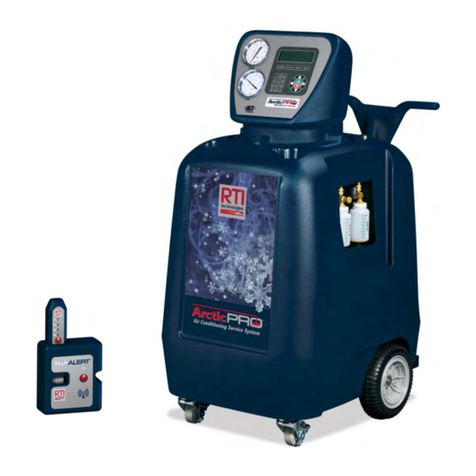
RTI
RTI RHS 980 Operation manual
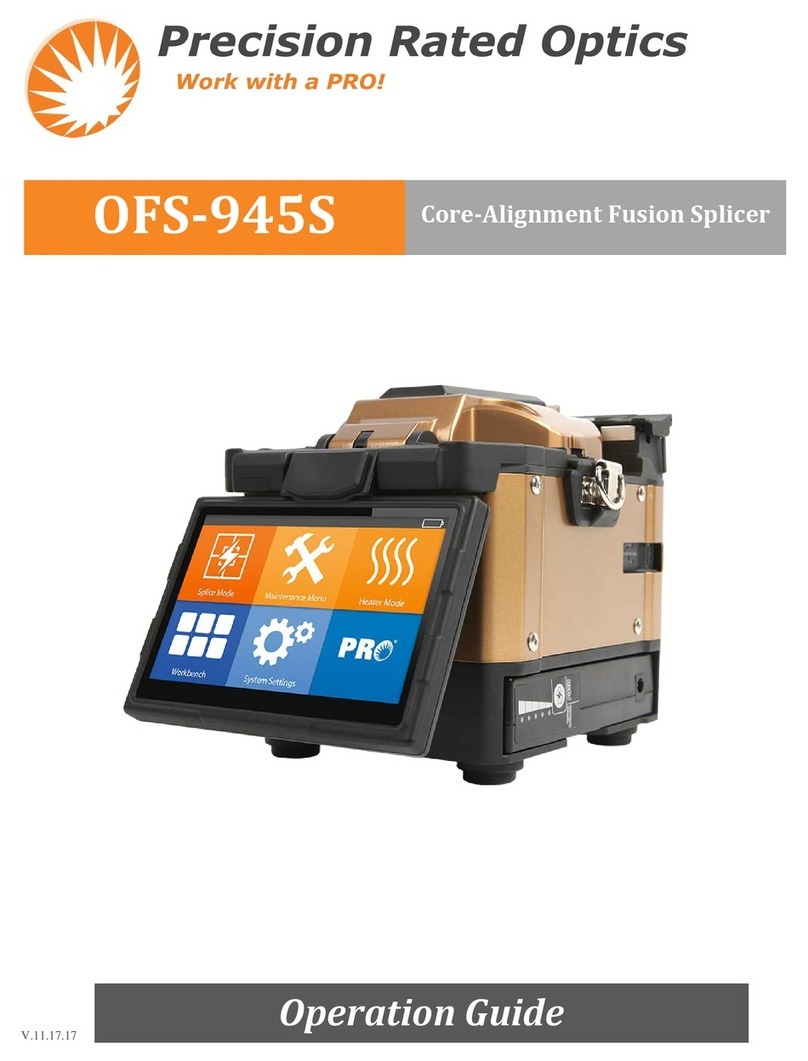
Precision Rated Optics
Precision Rated Optics OFS-945S Operation guide

Siemens
Siemens 3VL9300-3M.00 operating instructions

Bosch
Bosch T10339 Original instructions
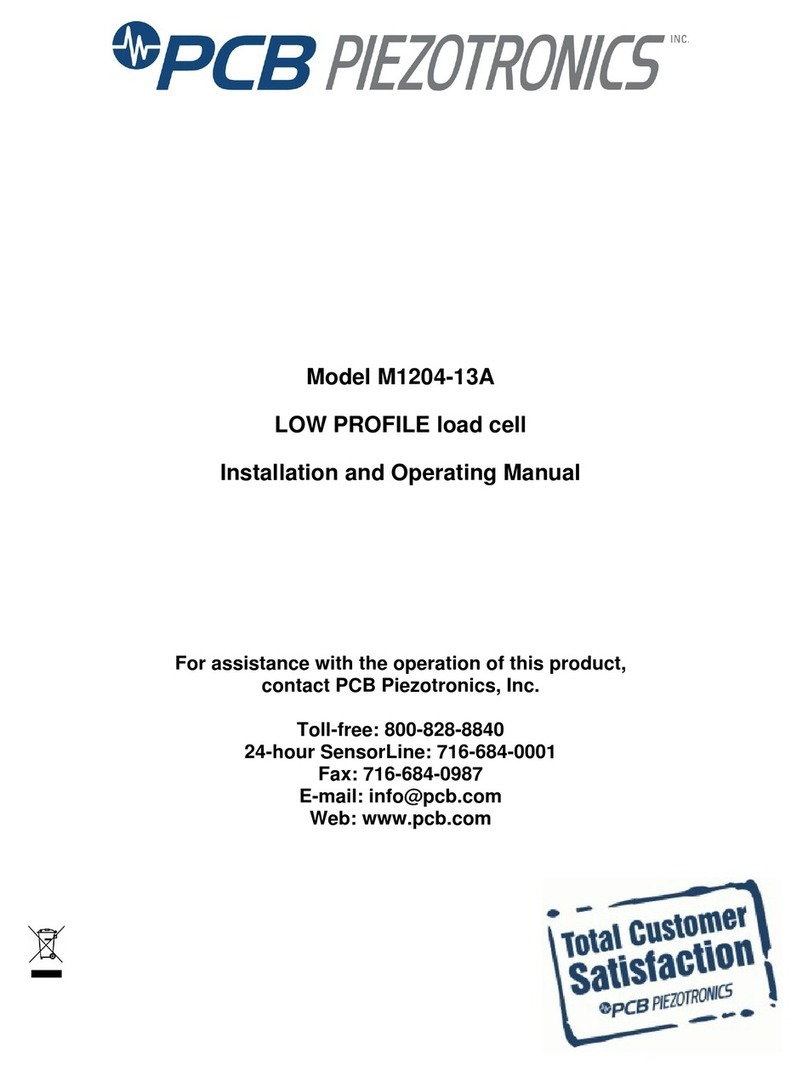
PCB Piezotronics
PCB Piezotronics M1204-13A Installation and operating manual
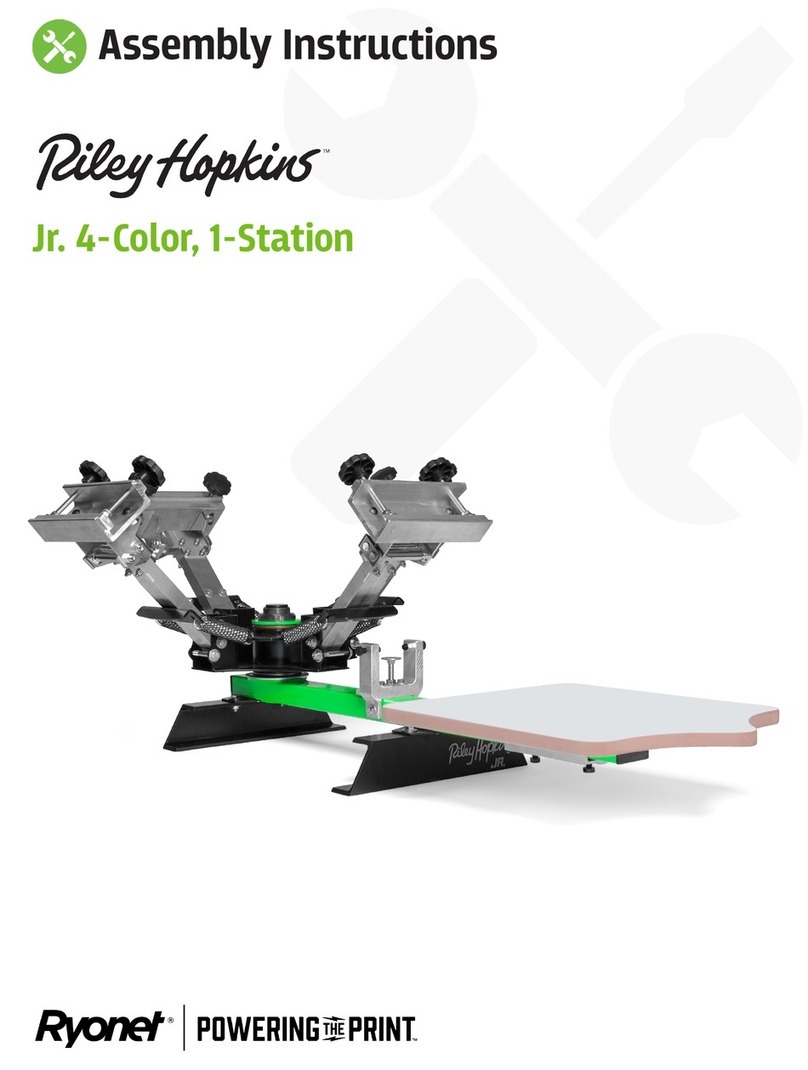
Ryonet
Ryonet Riley Hopkins PRTB-JNR4X1 Assembly instructions
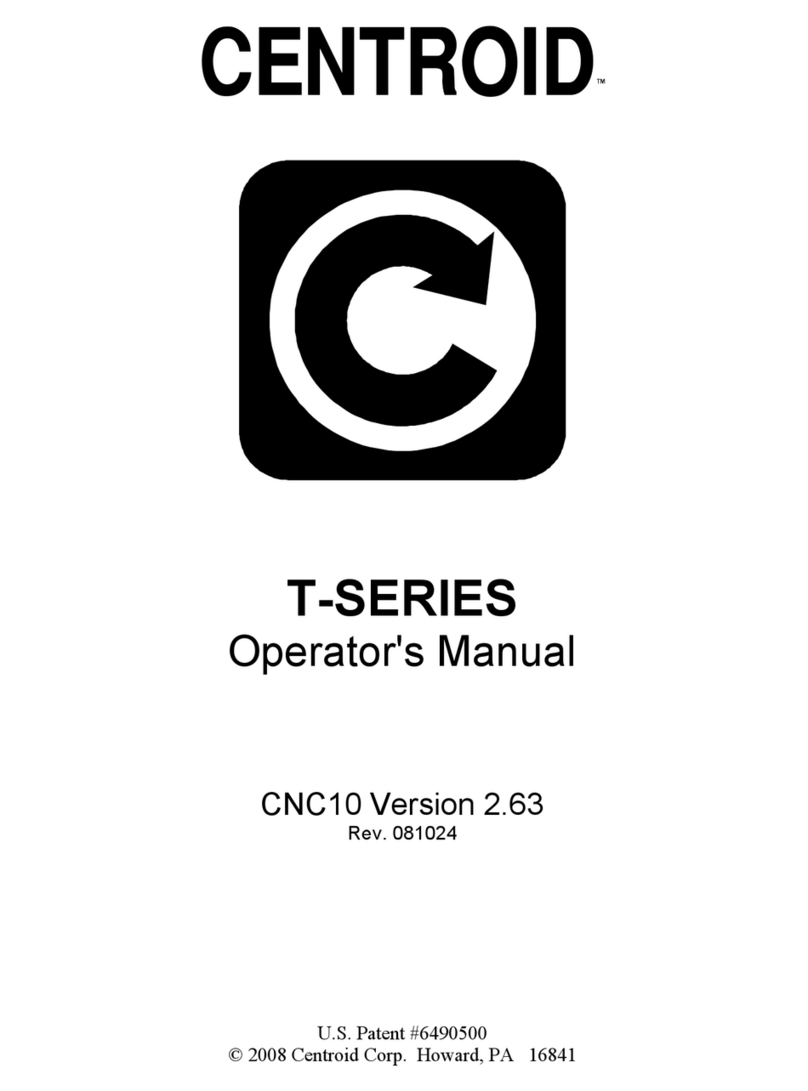
Centroid
Centroid T Series Operator's manual
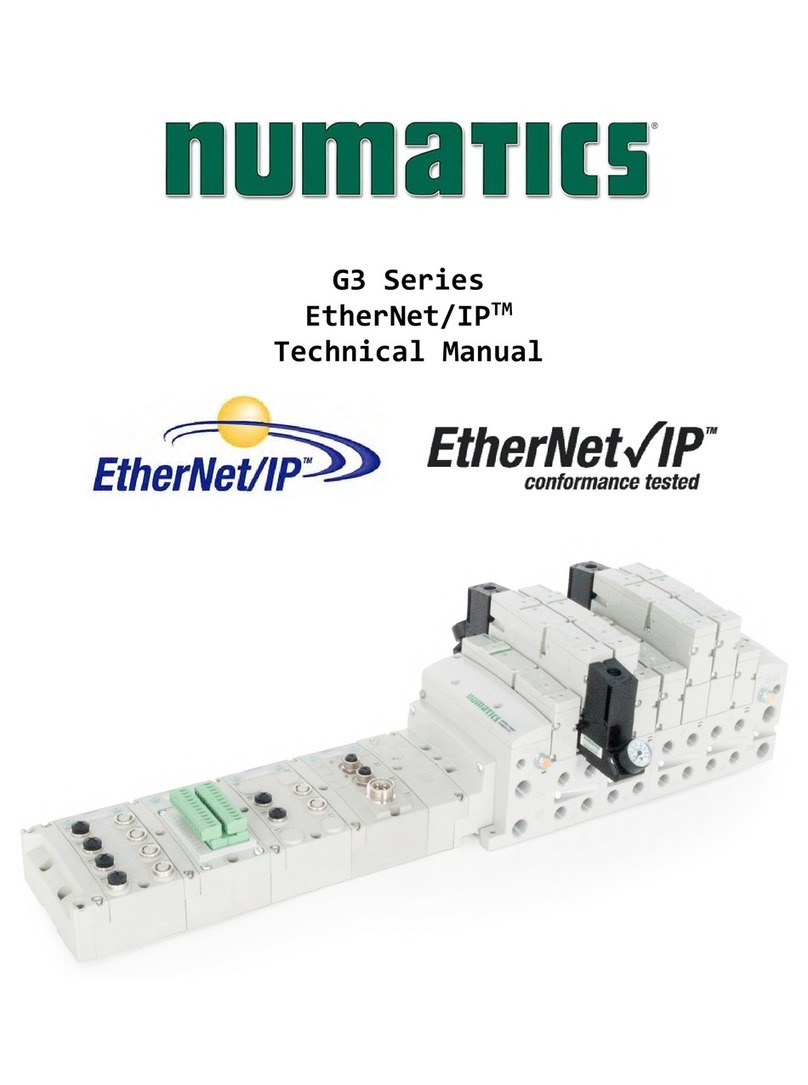
Numatics
Numatics G3 Series EtherNet/IP Technical manual
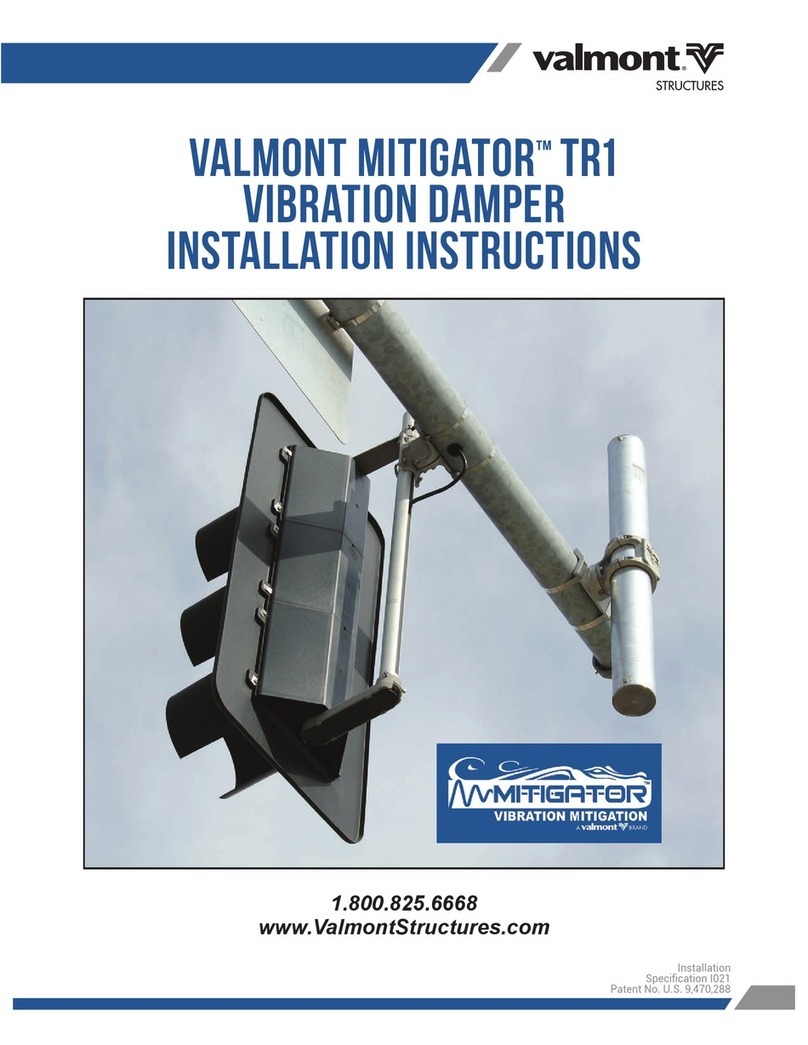
Valmont Structures
Valmont Structures Mitigator TR1 installation instructions
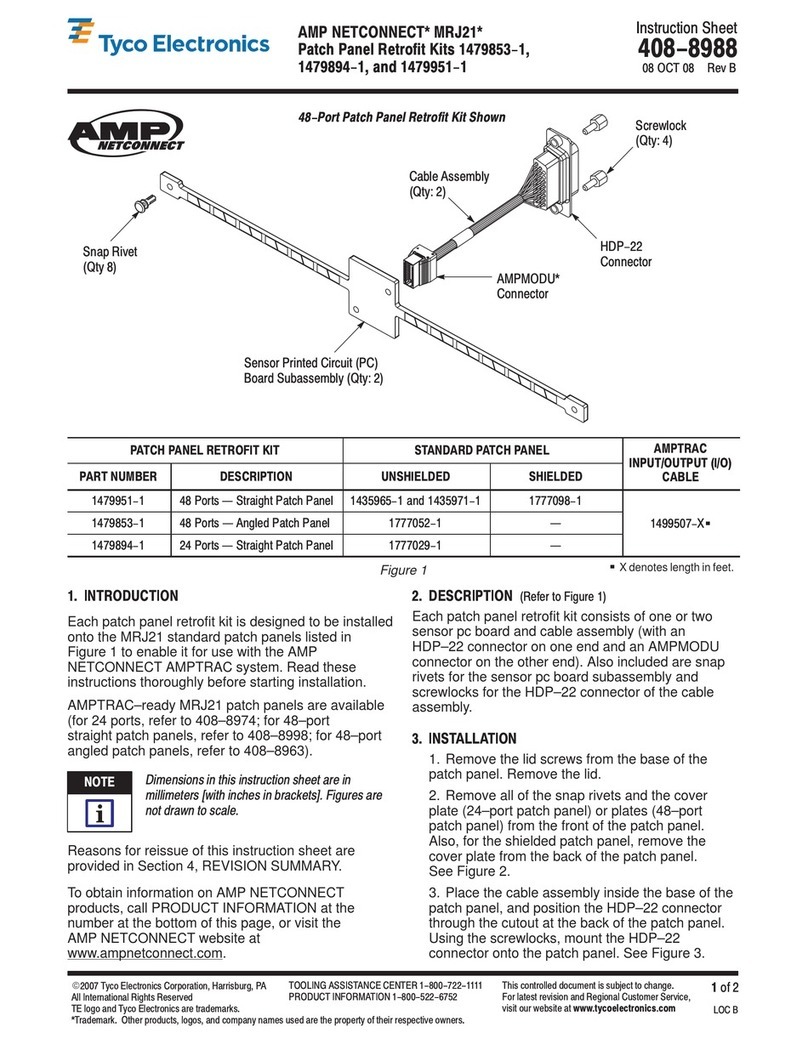
Tyco Electronics
Tyco Electronics AMP NETCONNECT MRJ21 instruction sheet
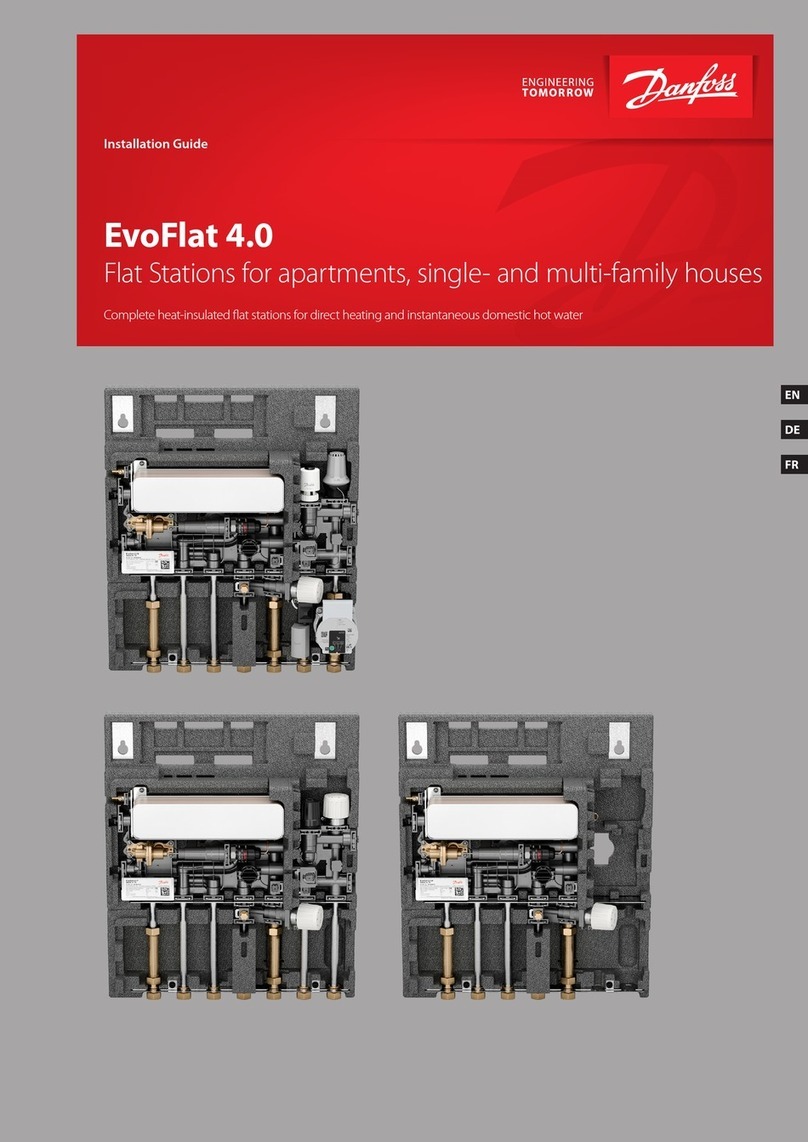
Danfoss
Danfoss EvoFlat 4.0 M installation guide
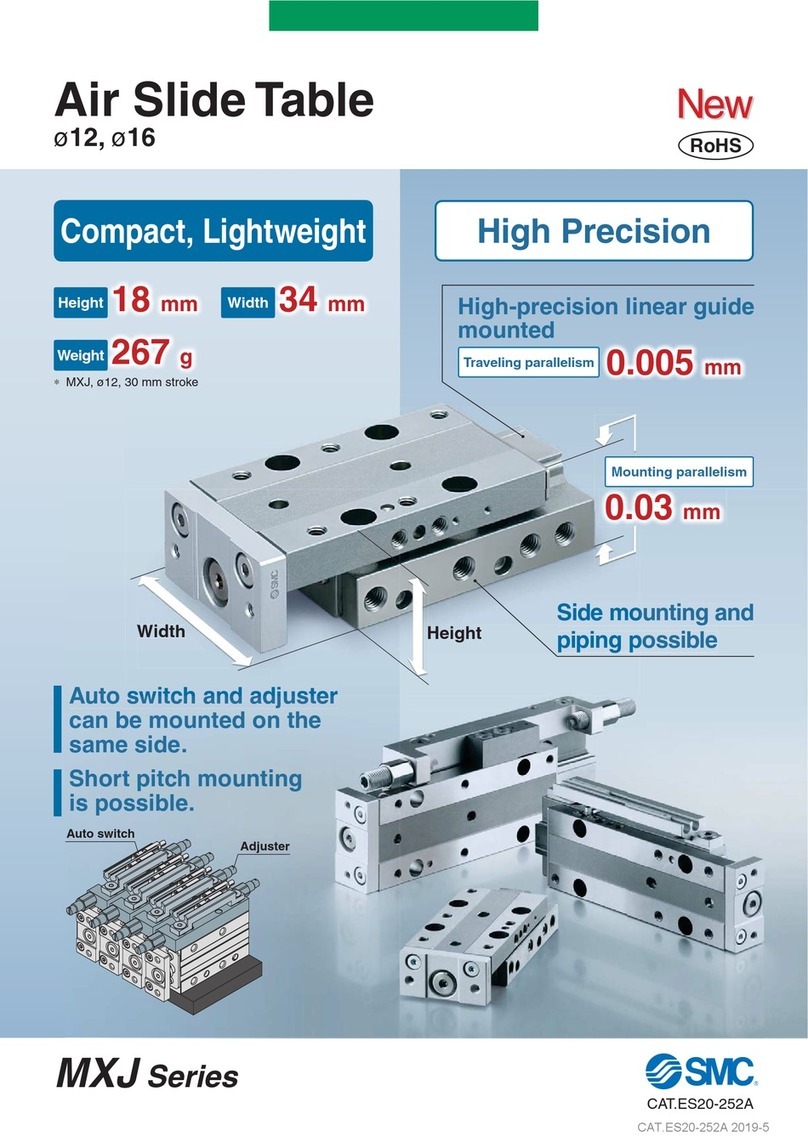
SMC Networks
SMC Networks MXJ Series manual

